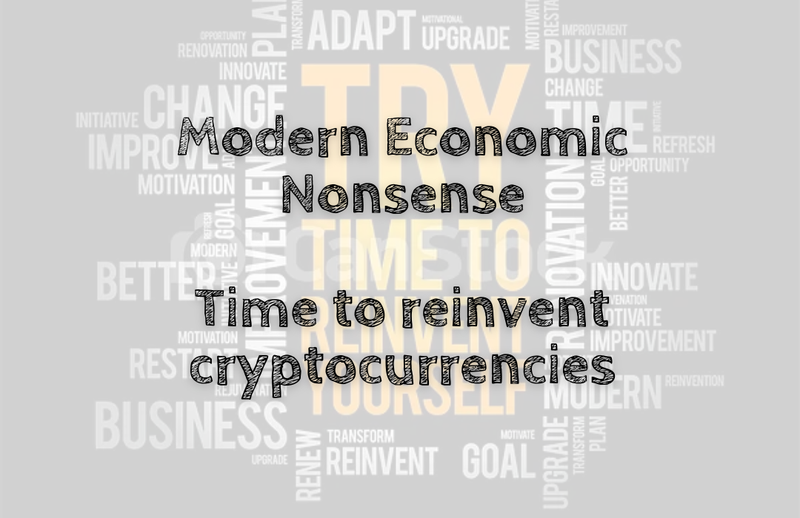
Cryptocurrencies have been popular but also problematic. Banks and other financial institutions have been reticent to engage with them, while the general public has not grasped their underlying value proposition. They need to be reinvented from the ground up to solve these issues. We can start with three essentials: tech, adoption, and trust. It’s true that technology plays a central role in cryptocurrency adoption. But only if it’s applied in ways that are user-friendly and make sense for people who don’t understand it yet. With digital currencies gaining more traction each day, now is the time to reimagine them in order for them to reach mass adoption. These are three important considerations when thinking of how to reinvent cryptocurrencies. Let’s explore what they mean and why doing so is necessary for their future success.
Tech reimagining
Cryptocurrencies have proven to be an invaluable way of transferring value. It’s an efficient way to send money online, and it has a decentralized infrastructure that makes it hard to disrupt. But above all, it’s a way of using “crypto” that can boost security, transparency and trust. And yet, what we’ve seen is how central banks, retailers and other financial institutions have failed to adopt it. This has led to the phenomenon of “crypto fatigue” among the general public. The bare truth is that most people are still not accustomed to the concept of digital currencies. It’s time to reimagine the way that transactions work, and there are plenty of ways that can happen.
Adoption reimagining
There is a widespread misconception that cryptocurrencies are only meant as investments. While they can certainly be used as such, they can also be a way to transfer value and make everyday purchases. Every financial institution is looking for ways to make transactions safer, faster and more efficient. This can happen with cryptocurrencies. One big challenge is convincing the general public that they can use them for daily purchases, such as groceries or dining out. People need to see that cryptocurrencies are more than just investments. However, this isn’t an insurmountable obstacle. Simply using a cryptocurrency as an intermediary in daily transactions can help to gain people’s trust. If a cryptocurrency addresses one of the issues with how we currently use money — like the long transaction time — then it would be even more convincing. And the best part is, this solves the adoption challenge for both businesses and customers, as the latter don’t need to learn a new system.
Trust reimagining
Let’s face it: digital currencies have had a rocky journey so far. From regulatory uncertainty to hacking and scams, they’ve been surrounded by uncertainty. And yet, that’s also what has made them so exciting. It’s what’s spurred them to grow and attract an ever-increasing number of participants. But the fact remains that cryptocurrencies have often flown in the face of trust. And this is what has held them back. The more that people in everyday life use digital currencies, the less likely they are to be victim of fraud. People need to see that they can trust these services, just like they can trust financial institutions. One way to reimagine trust is by boosting user experience. For example, in centralized services, you may have to wait for a long time for your transaction to go through. With cryptocurrencies, however, it’s instant. This means that you don’t have to sit in a queue and wait for your money to be transferred. It also means that you can do business online without having to wait in an offline queue. This also means that cryptocurrencies can be more seamless than traditional methods. Take, for example, the current headache of traveling and payments. You may have cards that aren’t accepted, or the transaction cost too much. Cryptocurrencies can be a solution. You can load your virtual currency wallet with money before your trip and pay for any purchases without hassle.
Conclusion
The future of cryptocurrencies is bright. They are a safe and efficient way for people to transfer money all around the world. But to reach mass adoption, it’s crucial that they are reimagined from the ground up. This can happen in many ways, from boosting user experience to developing new use cases and reimagining what it means to trust in these systems.
Reminder: I am not your financial advisor.
Buy me a coffee here if you want to support my writings.
Comments